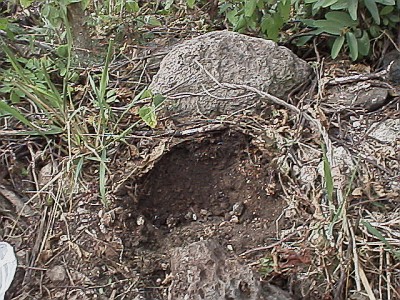- Joined
- May 31, 2005
- Messages
- 486
Yesterday I went to Otates, Veracruz, Mexico and wrote quite a lengthy blog entry about it, with pictures of C. gracilis (+habitat), tarantulas, etc.
http://johnbokma.com/mexit/2005/12/17/tarantulas-bark-scorpions.html
(You can add comments to the blog entry :} )
http://johnbokma.com/mexit/2005/12/17/tarantulas-bark-scorpions.html
(You can add comments to the blog entry :} )


